[vc_row][vc_column][vc_column_text disable_pattern=”true” align=”left” margin_bottom=”0″]
11 Do’s & Don’ts to Improve Your SEO and Conversions
By Jaclyn Sorese
The topic of changes in SEO is quite a familiar one. To say that SEO has changed or evolved over the last few years is just short of being one of the biggest understatements Vab Media has ever heard. Even if you only look at the industry-shaking implications of Google’s Panda and Penguin algorithm updates, it’s scary. Then, add a massive litany of other adjustments and transformations and SEO, web design and marketing professionals have some serious work to do. SEO is no longer just about link-building and overboard keyword stuffing because we have seen a shift in focus to actually having quality content that is helpful to the reader. But, it’s not that simple- SEO is not just about keywords or content or getting people to your site- it’s about keeping people engaged, letting them know you are the trusted expert in your industry and converting them into customers.
Google owns 67% of search market share, and it indexes and crawls over 30 trillion web pages, as seen in the graphic below. At Vab Media, we don’t look at SEO algorithm changes that have taken place over the last few years, the last year, the last month or even the last week. We diligently focus on what developments or advancements happen on a daily basis. We want our clients and readers to be able to sort through the tremendous amount of information and conflicting data available, so they can know what is outdated and what is current and state-of-the-art. In order to facilitate this seemingly daunting task, Vab Media has compiled a list of 11 important industry developments that we have learned and implemented into our practices to boost our clients’ sales and conversions and listed a few points that you should do and not do (tactics that don’t provide much value). In no particular order, here we go!
#1 – IMPROVE USER ENGAGEMENT & MAKE IT SIMPLE
The acronym SEO does stand for search engine optimization but this acronym, in itself, is a bit outdated. SEO is not just about search engines any longer. It’s about users and how they view and engage with your content. Of course, the original meaning of SEO – to optimize for search engines- still applies because this will direct users to your site but what are you going to do when users click on your site and begin to read? The idea is keep users on your website and interested in what your site has to offer. Make your site user-friendly and make sure it flows intuitively. No one has time to endlessly search your website for the information needed- convert your users with clear content and clear calls-to-action; then you will see a better conversion rate.
#2 – FIND BALANCE: KEYWORDS, LINK BUILDING & CONTENT GENERATION
Talk about conflicting opinions…half of the people you talk to are advocating quality and sensible content and the other half are telling you that you need more links. The truth is that both schools of thought are right. You need links and they are crucial to the success and authority of your business, but it is the quality and not the quantity of your links that is most important. At the same time, terrific content written with a purpose by even the best professional author makes for a valuable read, but the question remains as to who will actually be directed to and read your website page or blog. SEO involves determining your target audience, an in-depth analysis of your traffic sources and why your top posts are performing well. The trick is to add assorted yet relevant links from reliable and recognized sources to a blog or post with exceptional content. In time, this will garner more leads, trackbacks and guest posts and you can assure that you are providing useful content, while continuing to improve your website’s online presence.
#3 – UNDERSTAND KEYS TO KEYWORDS
There is certainly no lull in a conversation when keywords in content for pages, post or blogs comes up. Are putting lots of keywords on your page the answer? No. In order for your content to rank, you need to satisfy the thresholds for all inputs/details that go into generating the ideal SEO equation. That quality equation that contains on and off-page optimizations, stellar user experiences and rankings should:
- Include keywords that are most likely to show up in a user-generated search. This would include putting your keyword or keyword phrases in an intriguing page title and headline. Intermittently, strategically insert your keywords into the body of your content. Also, include your keyword in your url. These suggestions will remarkably improve your chances of coming up in search.
- Keep the keyword stuffing to a minimum and, when you do insert your keywords or keyword phrases, don’t make it obvious or forced where it looks like you just wanted your page to rank rather than offer some valuable advice.
- Include different keywords that keep your same ranking expectation in mind. Readers will catch on very quickly if the same word is repeated verbatim in all your content- url, title, headlines and content body.
- Use synonyms of keywords- this will be prove to be crucial to understanding the needs of your readers, clients and potential customers. Neil Patel, one of the most credited and verifiable internet entrepreneurs, recently wrote on Copyblogger, about the importance of using semantic keyword research. Neil’s insight clarifies how and where Google’s algorithms are evolving- which all seem to be in the direction of a search engine becoming more human and lending a human hand to search. Is it the interpretation basic (context search) or up for interpretation (semantic search)…the industry will continue to evolve.
Remember that whoever clicked on your post had some expectations of receiving valuable feedback so don’t ruin what should be a good experience.
#4- OPTIMIZE A WEBSITE FOR MOBILE SEARCH WITH RESPONSIVE DESIGN
With smartphones getting less expensive, more and more people are using them to search the web. Google’s latest mobile search study conducted in March 2013 identified a few key findings about the behavior of over half of all smartphone owners. The study noted that smartphone users are using their phones to make buying related searches- “55% of conversions (store visit, phone call, purchase) happen within the hour”. Optimizing for mobile is especially important in local search. In 2013, smartphone local searches are expected to bring in 46 million queries. Even though laptops and desktops still remain the most used devices for search, ignoring smartphones can end up hurting your website’s bounce rate and conversions because you will lose potential customers to your competitors that have invested in the appearance of their mobile sites. What does Google think about responsive web design? “Google recommends webmasters follow the industry best practice of using responsive web design, namely serving the same HTML for all devices and using only CSS media queries to decide the rendering on each device”.
What does a responsive design for your website mean?
Even big name sites like Mashable and Microsoft have started adopting responsive web designs. Until fairly recently, you needed to have separate laptop and desktop versions, a separate mobile version and a separate tablet version. Each type of layout needed to adapt to the format in which it is being viewed- meaning that you must take into consideration the size of a screen, the resolution on that screen as well as the very type of device itself. A user need to view a site that flows. Basically, to avoid having to create multiple versions of your website, responsive design allows you to build a design conducive to all viewing platform devices. Depending on if a visitor comes to your site on a desktop, iPad, iPhone or Android, your website will adapt. For example, on a laptop or desktop, the screen will adjust and expand wider, and elements can and will spread out. On a iPad or smartphone, where the screen is more narrow, elements will stack like your images, links and contact forms. Vab Media recently redesigned a New York CPA’s website into a responsive HTML5 website . Less than a week after launching the redesigned mobile friendly site, the CPA was excited to capture new customers and see a rise in visits as well as a rise in the number of contacts he was receiving because of the presentation of his mobile site and how it looked on a smartphone. As you can see from the screenshots of AberCPA, the layout adjusts itself:
Are there some cases where the business has too much information or traffic and investing in an expensive mobile application or site might make more sense? The answer is yes! That’s why large news sites like NYTimes.com and Online.WSJ.com have separate mobile versions that only display a small portion of all the articles and links that they have on their desktop versions. If your site falls into that category of viewer numbers and content, your business can afford a fancy and expensive mobile application or website.
#5 – AVOID REDIRECT LINKS FROM SITES YOU OWN & MICROSITES
These days, search engines are very savvy, smart and meticulous. Sure, there are still so many ways that they can be improved but search engines can very easily detect commonalities between registrants for domains. In the same way that you cannot expect to vote in an election 10,000 times and have that count as 10,000 votes for yourself, you cannot expect a search engine to actually think that those 50 links you have to yourself count for anything more than one link. It is not true that linking back to your own site or another site that you own will help your cause. So, just continue to add more content to your primary website and do your internal linking there, and you will be well on your way to increased traffic.
#6 – KNOW GOOGLE CAN RECOGNIZE A “BAD SITE” OR “SPAMMY LINKS”
Long gone are the days when Google was oblivious to the fact that you had links on your pages, posts or blogs to sites that were lacking substance, or were just plain illegitimate. Google is top-notch and nothing seems to slip by its search engine. Especially in the post-Penguin and post-Panda game, don’t mess with Google. Your rankings can drop drastically when Google discovers bad links and will arrange its search engine to seriously lower the rankings for almost all your website content.
#7 – DEFINE WHAT RANKING MEANS
High rankings have never really defined or promised success. Studies have indicated that ranking high (especially in the top 3) mean more traffic to your site and elevated clickthrough rates. However, the introduction and implementation of rich text/snippets and Google Authorship tags combined with a fresh bunch of users who are searching for distinguishably relevant information, have decreased the importance of a site’s pure placement ranking in a search engine. Click behavior has been revolutionized because of smarter search engines and users who know what they want. In sum, you no longer need to rank 1st position anymore to realize success.
#8 – KEEP YOUR HOME OR LANDING PAGES SIMPLE
At Vab Media, we come across too many website home pages that are overloaded with content, on one side of the spectrum, or landing pages that lack content, on the opposite end of the spectrum. The best place to be is in the middle of the spectrum where users that come to your site are neither overwhelmed by a plethora or abundance of information nor are they disappointed with too little data and too much simplicity. Think about it, your homepage is usually the first visual that users get of your business. For example, just as your are reading this blog, you are being introduced to Vab Media’s website…so think of every single page as a mini-website. The content of your home page should:
- Clarify who you are and what you do
- Clearly state your location and the areas/industries you service
- Identify the value proposition of your offerings
Your home page and landing pages are not just about targeted keywords and sometimes useless on-page components- it’s about testing and figuring out what things will stand out the most to your potential customers and followers.
#9 – MAKE YOUR WEBSITE LOCAL
As straightforward as this proposition might seem, it takes considerable effort to make your website local. This is because you have to determine what your business wants to actually define as local. A few things to remember that, assuming your users are not searching in an incognito fashion, search engines can determine where they are located and normally provide search results that are specific or closer to a user’s physical or IP address location. If you are a geo-targeted company, definitely include your city, state and county or region. If your business only operates in the United States, you really do not need to include the fact that you are located in the USA. Any on-page references, reviews, title tags and social media outlets (especially Google+ Local) should also include all your location information.
#10 – CONNECT YOUR SEO AND SOCIAL MEDIA
What has come to be known as “social search” is the junction where your SEO and social media operations meet. SEO and social media are not separate entities or silos that can go about without each other- they work hand-in-hand in an increasingly formal manner. Search and social are connected in a countless number of ways now- something that we have anticipated for years. Look at Google+ and Google’s author rank profiles. They both represent the intersection of harmonious, authoritative and relevant content which will, together, determine the direction (hopefully, it’s a good direction) of your overall social search practices.
Your content has a connection to you and the extent of your social media efforts via venues like Facebook, Twitter or Google+ make your existence known and prominent to audiences around the world. If your social search campaign is conducted properly, strong social media influencers can even become your strongest advocates. Regardless, social search is the combination of your SEO and social media and the overall success of your business depends on an effective and bulletproof social search strategy.
#11 – INTERACT WITH IT BUT DON’T HAND THE PROJECT OVER
Like most projects, various teams with various levels and types of expertise are required for a venture to be successful. SEO is no different. It’s no secret that the technical aspects of SEO are of enormous portions- your IT department makes your website crawlable, which is paramount. Your IT team also includes web designers who code, create your XML sitemap files and enable robots. Every project requires joint efforts though so partner with your IT team, your content writers and your SEO specialists to get the best results possible.
Conclusion
The bottom line is that anyone can put a lot of wasted effort and time into SEO and marketing. SEO has to be done right though- but what is right? With so many assumptions, rumors and information sources, Vab Media wants to make sure you are headed in the right direction and successful in sorting through mountains of details, that may or may not be outdated. SEO is an investment and you need to make sure that investment generates profit and return.
[/vc_column_text][/vc_column][/vc_row][vc_row fullwidth=”false” attached=”false” padding=”0″ visibility=”” animation=””][vc_column border_color=”” visibility=”” width=”1/1″][mk_employees style=”simple” column=”3″ rounded_image=”true” box_blur=”false” count=”10″ employees=”4055″ offset=”0″ description=”true” order=”DESC” orderby=”date”][/vc_column][/vc_row]

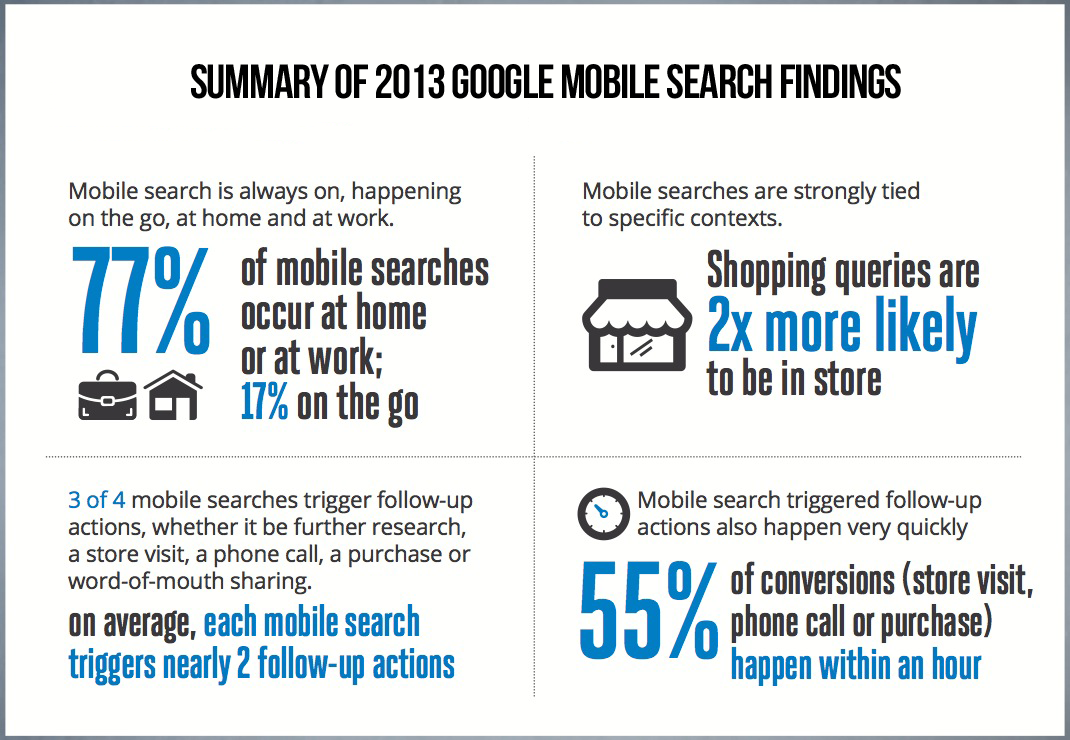

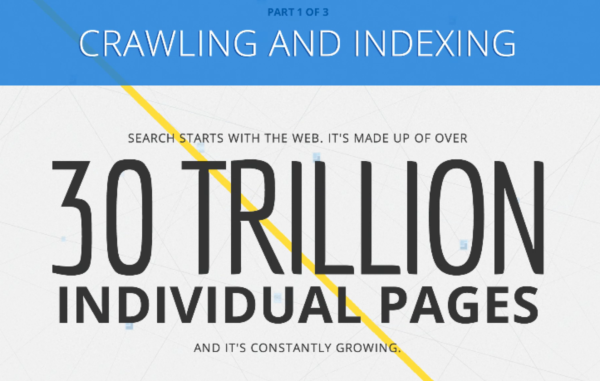

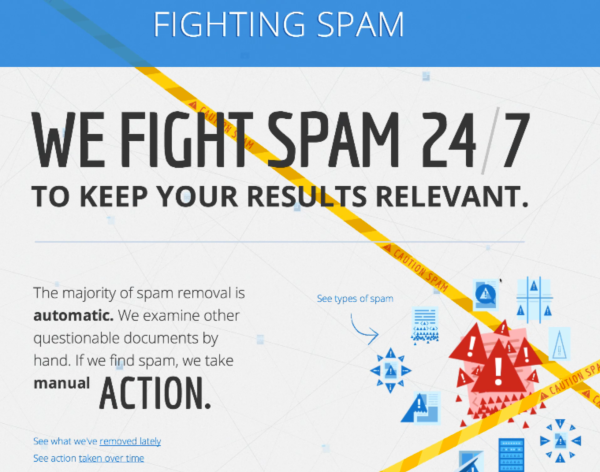
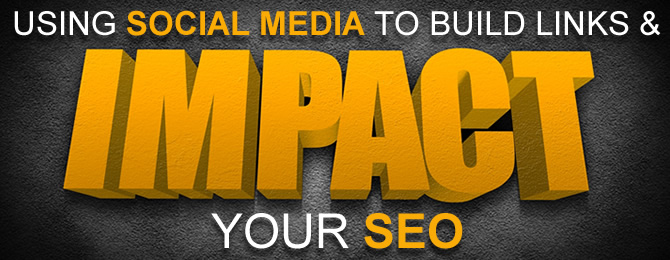




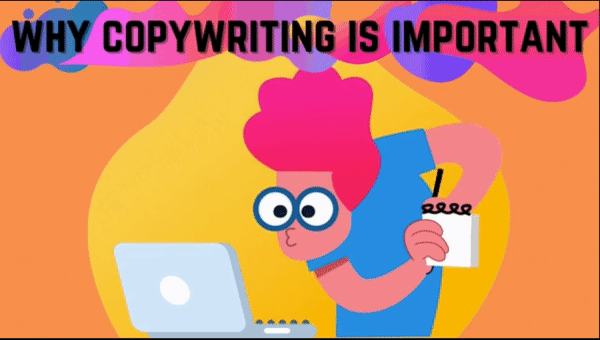
5 Responses
Great info. as usual. I always feel like I have a leg up after reading the new Vab Media blog!
Great
Thank you Erik and Peter for reading our latest blog post. Things are always evolving and we try to write in terms that are easy for regular business owners to understand and technical enough so that other industry seo’s learn something also.
Hi,
Fantastic Information Jaclyn! SEO ias an investment and if it does not do in the right way can be catrastophic.
Thank you Julia for visiting our blog and getting some usefulness from it.